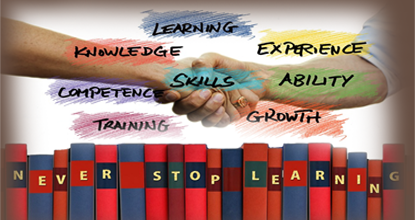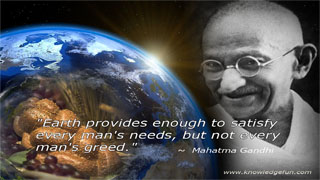FOREWORD
FOREWORD BY NICK ROSS
This book is good for our health. It shines light on the mysteries of how life and death decisions are made. It shows how those judgements are often badly flawed and it sets a challenge for doctors across the globe to mend their ways.
Yet it accomplishes this without unnecessary scares; and it warmly admires much of what modern medicine has achieved. Its ambitions are always to improve medical practice, not disparage it.
My own first insight into entrenched sloppiness in medicine came in the 1980s when I was invited to be a lay member of a consensus panel set up to judge best practice in the treatment of breast cancer. I was shocked (and you may be too when you read more about this issue in Chapter 2). We took evidence from leading researchers and clinicians and discovered that some of the most eminent consultants worked on hunch or downright prejudice and that a woman's chance of survival, and of being surgically disfigured, greatly depended on who treated her and what those prejudices were. One surgeon favoured heroic mutilation, another preferred simple lump removal, a third opted for aggressive radiotherapy, and so on. It was as though the age of scientific appraisal had passed them by.
Indeed, it often had, and for many doctors it still does. Although things have improved, many gifted, sincere and skillful medical practitioners are surprisingly ignorant about what constitutes good scientific evidence. They do what they do because that is what they were taught in medical school, or because it is what other doctors do, or because in their experience it works. But personal experience, though beguiling, is often terribly misleading – as this book shows, with brutal clarity.
Some doctors say it is naive to apply scientific rigour to the treatment of individual patients. Medicine, they assert, is both a science and an art. But, noble as that sounds, it is a contradiction in terms. Of course medical knowledge is finite and with any individual the complexities are almost infinite, so there is always an element of uncertainty. In practice, good medicine routinely requires good guesswork. But too often in the past many medical professionals have blurred the distinction between guessing and good evidence. Sometimes they even proclaim certainty when there is really considerable doubt. They eschew reliable data because they are not sure how to assess them.
This book explains the difference between personal experience and more complex, but better ways of distinguishing what works from what does not and what is safe from what is not. Insofar as it can, it avoids technical terms, and promotes plain English expressions like ‘fair tests’. It warns that science, like everything else in human affairs, is prone to error and bias (through mistakes, vanity or – especially pernicious in medicine – the demands of commerce); but it reminds us that, even so, it is the meticulous approach of science that has created almost all of the most conspicuous advances in human knowledge. Doctors (and media-types, like me) should stop disparaging clinical research as ‘trials on human guinea-pigs’; on the contrary there is a moral imperative for all practitioners to promote fair tests to their patients and for patients to participate.
This is an important book for anyone concerned about their own or their family's health, or the politics of health. Patients are often seen as the recipients of health care, rather than participants. The task ahead is as much for us, the lay public in whose name medicine is practiced and from whose purse medical practitioners are paid, as for doctors and medical researchers. If we are passive consumers of medicine we will never drive up standards. If we prefer simplistic answers we will get pseudo science. If we do not promote the rigorous testing of treatments we will get pointless and sometimes dangerous treatment along with the stuff that really works.
This book contains a manifesto for improving things, and patients are at its heart. But it is an important book for doctors, medical students, and researchers too – all would benefit from its lessons. In an ideal world, it would be compulsory reading for every journalist, and available to every patient, because if doctors are inadequate at weighing up scientific evidence, in general we, whose very mortality depends on this, are worse.
One thing I promise: if this subject of testing treatments is new to you, once you have read this book you will never feel quite the same about your doctor's advice again.
Nick Ross
TV and radio presenter and journalist
16 November 2005





